An overview of selected new books in Szilárd Library, with a word from their authors, reviewers and publishers
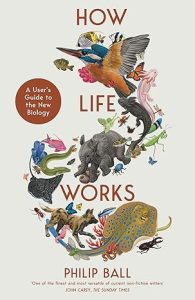
By Philip Ball
In How Life Works, Philip Ball explores the new biology, revealing life to be a far richer, more ingenious affair than we had guessed. Ball explains that there is no unique place to look for an answer to this question: life is a system of many levels, and knowing the way these levels operate, interface, and work together (most of the time), we can redesign and reconfigure living systems, tissues, and organisms.
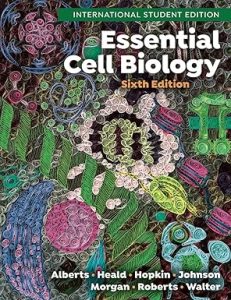
By Alberts Bruce et al.
The sixth edition incorporates new research throughout, highlighting emerging research areas like COVID-19. Check Your Understanding questions with rich answer-specific feedback throughout each chapter in the Illumine Ebook allow students to assess their reading comprehension, while Smartwork problems provide the opportunity for concept application and practice.
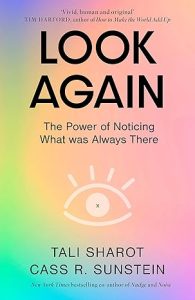
By Tali Sharot and Cass R. Sunstein
A neuroscience professor and a Harvard law professor team up in this groundbreaking work, based on decades of research in the psychological and biological sciences, that shows how disrupting our routines can lead to seeing, feeling and noticing again, and embracing much-needed change to live happier, more fulfilling lives.
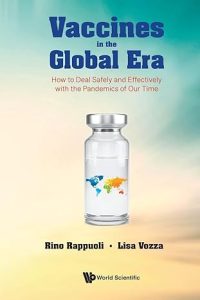
By Rino Rappuoli and Lisa Vozza
This is an easy-to-read book that can be read by virtually anyone who wants to learn about the importance, effectiveness and safety of vaccines in preventing infectious diseases. Much remains to be done to get a public capable of distinguishing authoritative voices from misleading ones.
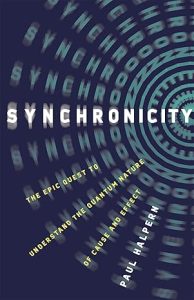
Edited by Paul Halpern
In Synchronicity Paul Halpern tells the little-known story of the unlikely friendship between the Nobel-prize-winning quantum physicist Wolfgang Pauli and the father of psychoanalysis, Carl Jung. Casting their relationship within a larger intellectual history of entanglement theory, Halpern poses a question that has mystified physicists and philosophers alike since the times of Aristotle: Is the speed of light finite, as Einstein posited, or is it, as Pauli and the proponents of entanglement theory asserted, variable across time and dimensions?
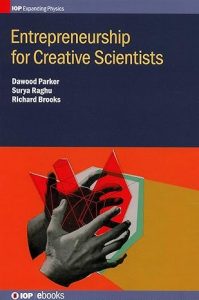
By Dawood Parker, Surya Raghu, and Richard Brooks
Through patenting and commercialization, scientists today can develop their work beyond a publication in a learned journal. This book, written by experienced scientists and entrepreneurs, deals with businesses started by scientists based on innovation and sets out to clarify for scientists and engineers the steps necessary to take an idea along the path to commercialization and maximise the potential for success, regardless of the path taken.
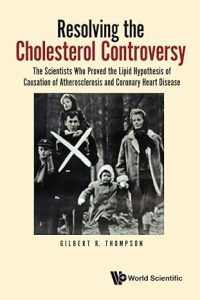
By Gilbert R. Thompson
The breadth of scientific disciplines involved in proving the lipid hypothesis is matched by the geographical spread of the participants. Anitschkow worked in Russia, Endo discovered the first statin in Japan, their commercial development by Merck took place in the USA and evidence of benefit from lowering cholesterol came from trials conducted in Scandinavia and the UK. The subsequent meta-analysis of these statin trials in 2005 proved the validity of the lipid hypothesis beyond any doubt.
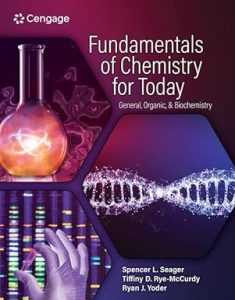
By Spencer L. Seager, Tiffiny D. Rye-McCurdy, and Ryan J. Yoder
This book carefully brings enough biochemistry into integrated and relevant examples throughout the discussions of these topics while saving a thorough examination of biochemistry for later chapters, without sacrificing the core general and organic chemistry fundamentals.
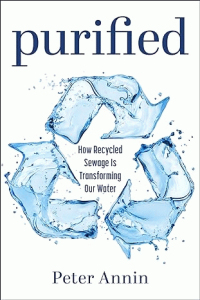
By Peter Annin
Veteran journalist Peter Annin shows that wastewater has become a surprising weapon in America’s war against water scarcity. Annin probes deep into the water reuse movement in five water-strapped states—California, Texas, Virginia, Nevada, and Florida. Purified’s fast-paced narrative cuts through the fearmongering and misinformation to make the case that recycled water is direly needed in the climate-change era.
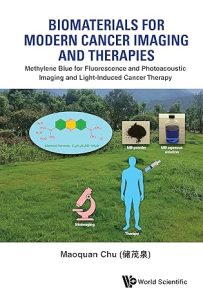
By Maoquan Chu
Methylene blue (MB) is a biocompatible and environmentally friendly material that has been widely used in clinical and biomedical research fields for over a century. The book covers MB-mediated in vivo fluorescence, photoacoustic imaging and light-induced cancer therapy. The optical properties and photothermal effect of MB are also systematically described.









